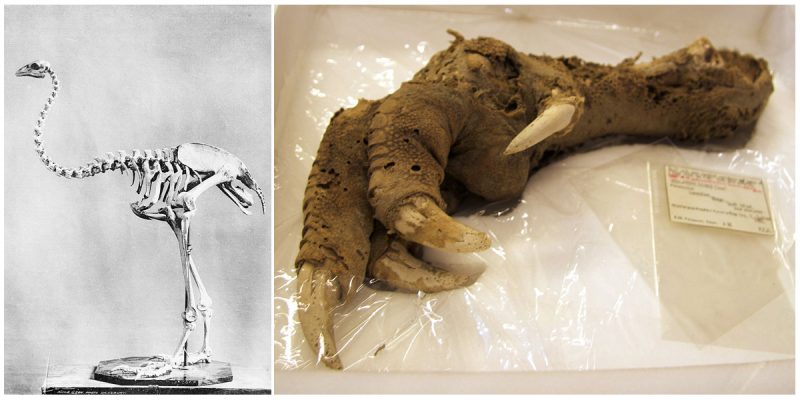The upland Moa ( Megalapteryx didinus) was a specie of the endemic Moa bird in New Zealand.
It lived only on New Zealand’s South Island, in mountains and subalpine regions.
It had been a type of flightless bird with no kneel on the sternum, member of the ratite family.
Archaeologists believe that this moa was the last of its species to become extinct around 1500 AD.
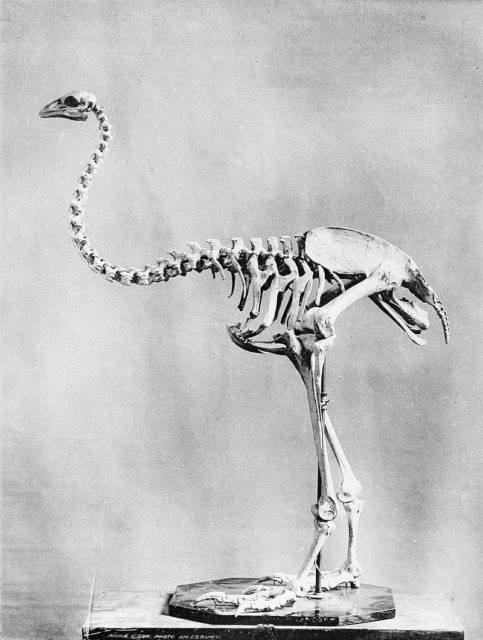
The Māori people had the first human contact with the upland Moa when they arrived in New Zealand from Polynesia around 1250 to 1300 AD.
It was an easy source of food so researchers assume that in 1500 AD, these birds were hunted to extinction.
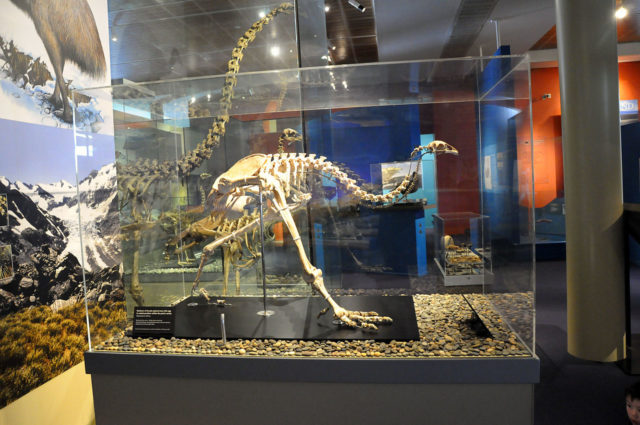
The moa were nine species. The largest were Dinornis robustus and Dinornis novaezelandiae which reached about 3.6 meters and weighed about 230 kg.
The upland Moa was among the smallest of the Moa specie. It was one meter tall and weighed about 17 to 34 kilograms.
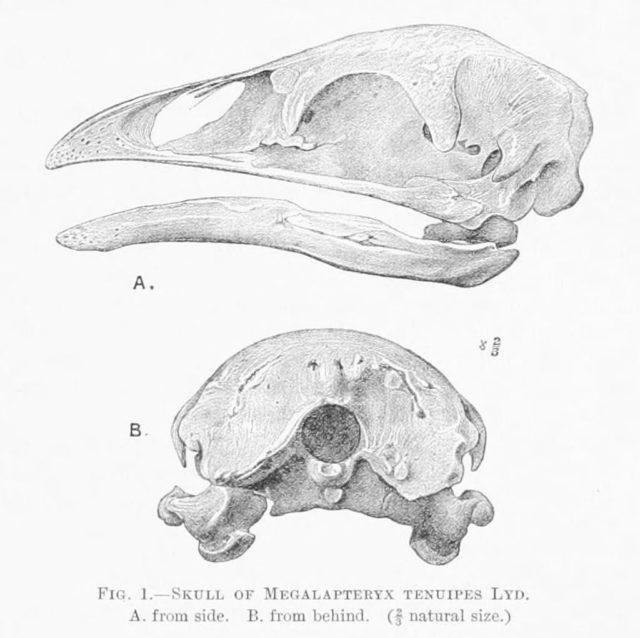
In the 1980s, during an expedition in the cave system on Mount Owen in New Zealand, researchers found a large foot, well preserved with flesh and scaly skin that looked like it belong to something that had died very recently.
According to archaeological analysis, the foot belonged to 3,300-year-old upland moa.
The foot is currently held by the Museum of New Zealand.
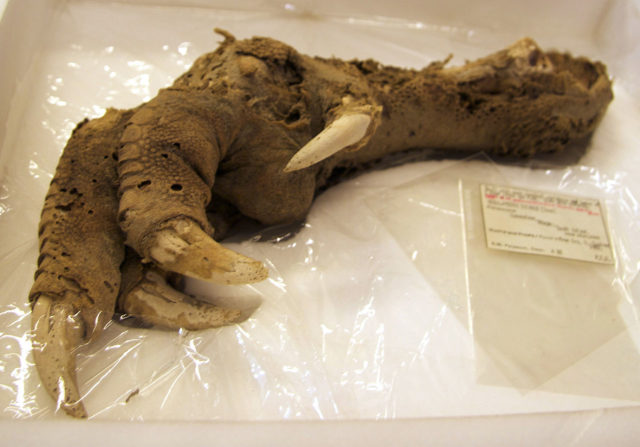
It had no wings or tail and, unlike other Moas, it had feathers which fully covered its body.
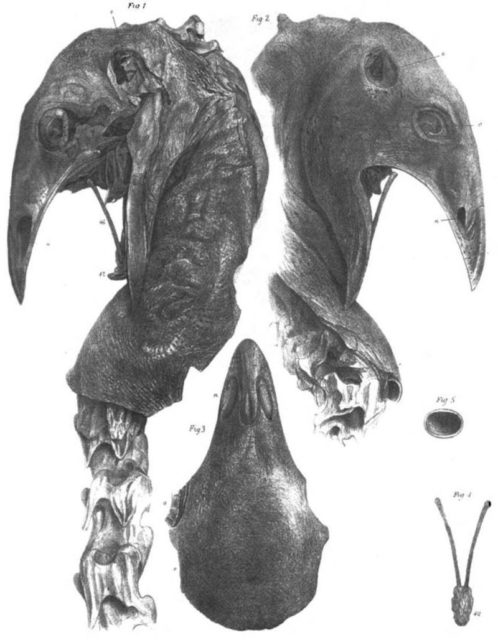
The upland Moa was herbivorous which ate leaves and small twigs.
It usually laid up to two blue-green colored eggs at once and the male Moa cared for the young.
Moa eggs are unique because most of them were white.
The only treat of the Moa’s before humans had arrived in New Zealand was the Haast’s eagle.
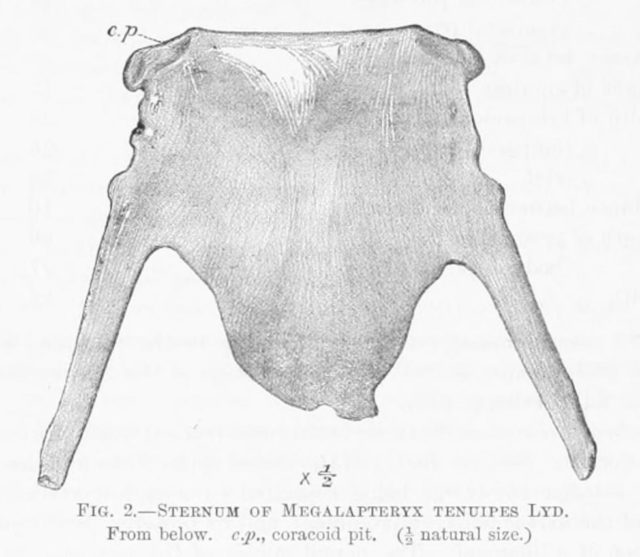
We have another story on the related topic: James “Scotty” Philip is the man who saved the buffalo
There are several discoveries of the upload Moa that are held in the British Museum, Otago Museum, Canterbury Museum and Museum of New Zealand Te Papa Tongarewa.
